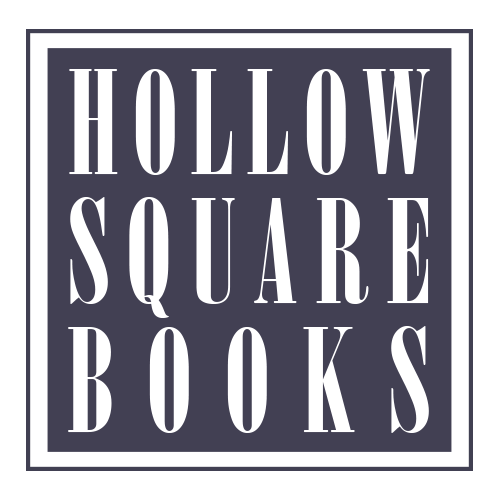In "Strong Songs of the Dead," Th. Metzger journeys through the hauntingly beautiful landscape of Sacred Harp singing, an enduring American singing tradition. Metzger’s approach is both personal and scholarly, weaving his deep connection to this centuries old practice with an offbeat and captivating exploration into its roots and cultural significance. For Metzger, Sacred Harp is a deeply spiritual experience, a Christian pagan rite that bridges the sacred and the profane. His intimate familiarity with the tradition and immersive descriptions of singing sessions pull readers into the midst of a living, breathing community bound by song.
“Strong Songs of the Dead” is both a celebration of this unique musical tradition and a poignant exploration of the human spirit, offering a rich understanding of Sacred Harp's place in the American cultural tapestry. For those interested in the intersections of music, spirituality, and community, Metzger’s work is a compelling read.
It can be said with reason that there’s only one American writer who could have written this book, and that is Thom Metzger. Metzger, author of fifteen novels and five non-fiction works, is himself a 24-year practitioner of shape note singing. He brings both authenticity and emotional resonance that emerges in his keen observations and the rigor of his prose. “Strong Songs” unfolds as a deeply personal journey through which is woven travelogue, measures of history, character study, insight into spirituality, and, not least, an education into a kind of musical form that is likely unknown to most Americans.
First published in 1844, “The Sacred Harp” refers to a “shape note” hymn book that has become iconic in American music traditions. The name signifies the human voice, the revered instrument in this tradition. The songs are typically sung in four-part harmony: treble (soprano), alto, tenor, and bass—and without instrumentation. The absence of instrumental backing allows the voices to resonate freely and create a strong, unified sound. Singers face one another in a hollow square formation, an arrangement that yields a strong connection among those involved as well as a powerful and vibrant sound. Another distinction: singers employ an “open-throat technique,” producing a striking and resonant tone that carries well in large, acoustically rich spaces such as country churches or community halls. The use of shape notes is a form of “sight-singing” that allows singers to navigate through intervals and harmonies without standard musical notation.
Metzger’s well-earned eye for detail and his recognition of the dark current that runs through the songs allows him to paint Sacred Harp as a fervently democratic and ardent form of musical expression. In short chapters, the book binds themes of loss and sorrow with a near-ecstatic celebration of life and a penetrating look into the soul of America. Highly recommended for musical historians and practitioners alike.
Terry Boothman, former publisher, Writer Online

